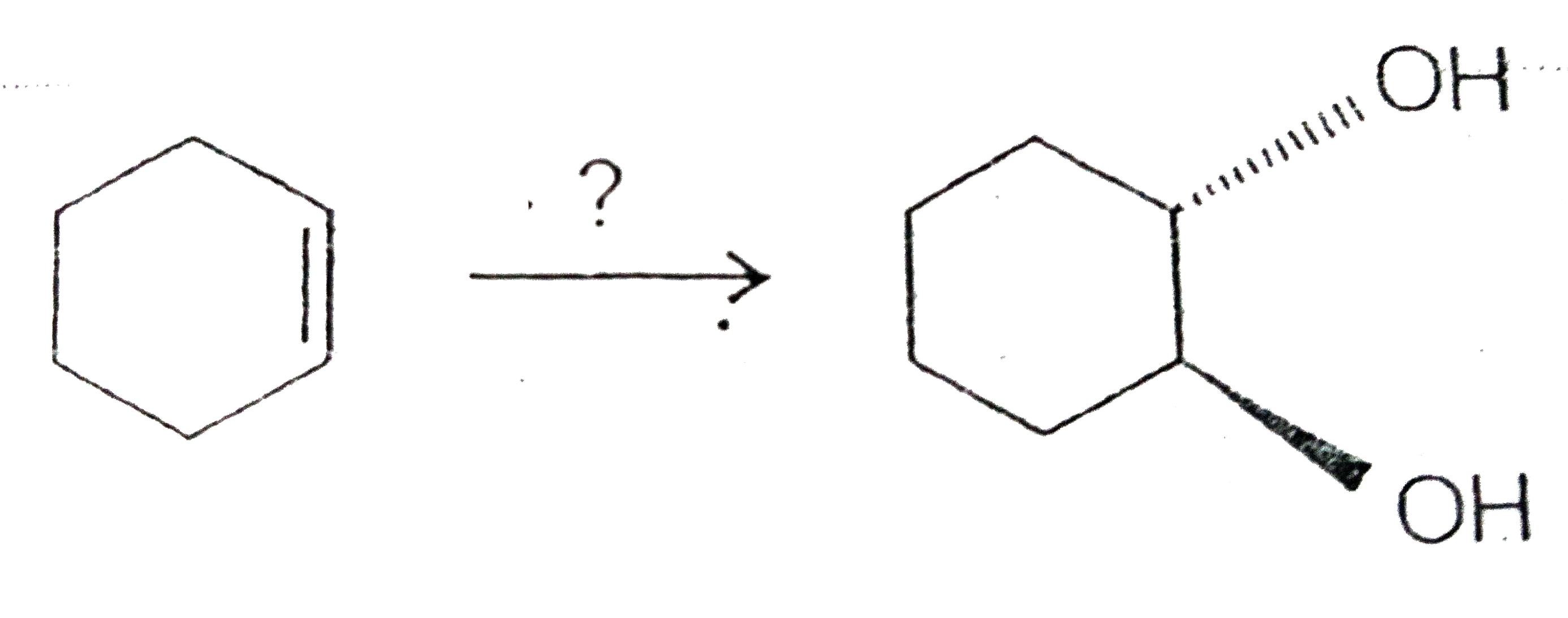The loss of power in a transformer can be reduced by :
increasing the number of turns in primary.
increasing ac voltage applied to primary.
using a solid core made of steel.
using a laminated core of soft iron.
To solve the question regarding how to reduce the loss of power in a transformer, we need to analyze the options provided and understand the principles behind transformer efficiency.
1. Understanding Transformer Losses:
Transformers experience two main types of losses: copper losses (due to resistance in the windings) and iron losses (due to the magnetic properties of the core). Iron losses consist of hysteresis and eddy current losses.
Hint: Recall the types of losses in transformers and how they relate to the materials used.
2. Analyzing the Options:
- Option 1: Increasing the number of turns in the primary: While increasing the number of turns can affect the voltage transformation ratio, it does not directly reduce losses in the transformer.
Hint: Consider how the number of turns affects voltage and current but not necessarily losses.
- Option 2: Increasing AC voltage applied to the primary: Increasing the voltage can lead to higher losses due to increased current in the windings, which can increase copper losses.
Hint: Think about the relationship between voltage, current, and power losses.
- Option 3: Using a solid core made of metal: A solid metal core would increase eddy current losses because the magnetic field would induce currents in the core material itself.
Hint: Consider how the core material affects the magnetic field and losses.
- Option 4: Using a laminated core of soft iron: Laminating the core reduces eddy current losses because it increases the resistance to the flow of induced currents. Soft iron is also used for its magnetic properties, which help in reducing hysteresis losses.
Hint: Reflect on how laminating affects the flow of currents in the core and its impact on efficiency.
3. Conclusion:
The best option to reduce power loss in a transformer is Option 4: using a laminated core of soft iron. This method effectively minimizes eddy current losses and improves the overall efficiency of the transformer.
Final Answer:
The loss of power in a transformer can be reduced by using a laminated core of soft iron.
Transformers experience two main types of losses: copper losses (due to resistance in the windings) and iron losses (due to the magnetic properties of the core). Iron losses consist of hysteresis and eddy current losses.
- Option 1: Increasing the number of turns in the primary: While increasing the number of turns can affect the voltage transformation ratio, it does not directly reduce losses in the transformer.
Hint: Consider how the number of turns affects voltage and current but not necessarily losses.
Hint: Think about the relationship between voltage, current, and power losses.
Hint: Consider how the core material affects the magnetic field and losses.
Hint: Reflect on how laminating affects the flow of currents in the core and its impact on efficiency.
The best option to reduce power loss in a transformer is Option 4: using a laminated core of soft iron. This method effectively minimizes eddy current losses and improves the overall efficiency of the transformer.
The loss of power in a transformer can be reduced by using a laminated core of soft iron.
Similar Questions
Knowledge Check
The core of a transformer is laminated to reduce
Aflux leakageBhysteresisCcopper lossDeddy current Above transformation can be carried out by :AH+/Δzn(Hg),HClBHlO4,LiAlH4CHlO4,H+/ΔDH+/Δ,HiO4
Above transformation can be carried out by :AH+/Δzn(Hg),HClBHlO4,LiAlH4CHlO4,H+/ΔDH+/Δ,HiO4
What are four different types of energy losses in a transformer? State how to reduce/minimize any one of them.
View SolutionThe core of any transformer is laminated so as to
(1.) energy losses due to eddy currents may be minimized
(2.) the weight of the transformer may be reduced
(3.) rusting of the core may be prevented
(4.) ratio of voltage in primary and secondary may be increased
View SolutionSO2 can reduce :
View SolutionThe symptoms of allergy can be reduced by
View SolutionState the principle of working of a transformer.
(b) Define efficiency of a transformer.
(c ) State any two factors that reduce the efficiency of a transformer.
(d) Calculate the current drawn by the primary of a 90% efficient transformer which steps down 220 V to 22 V , if the output resistance is 440 Ω.
View SolutionGiven synthetic transformation can be performed by

View Solution
